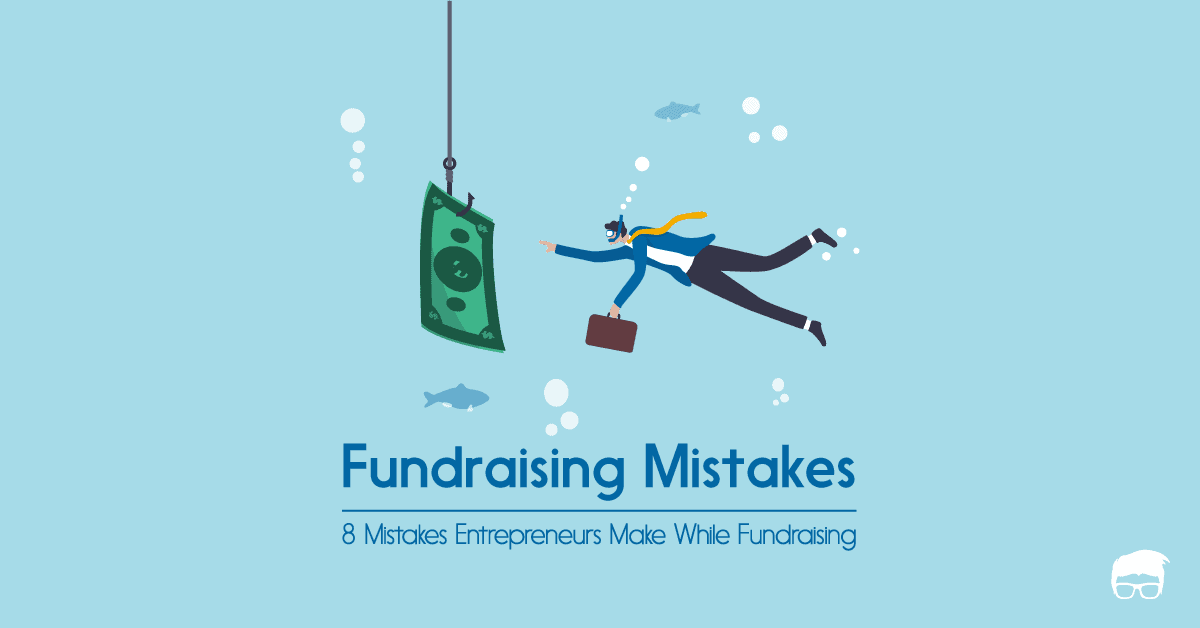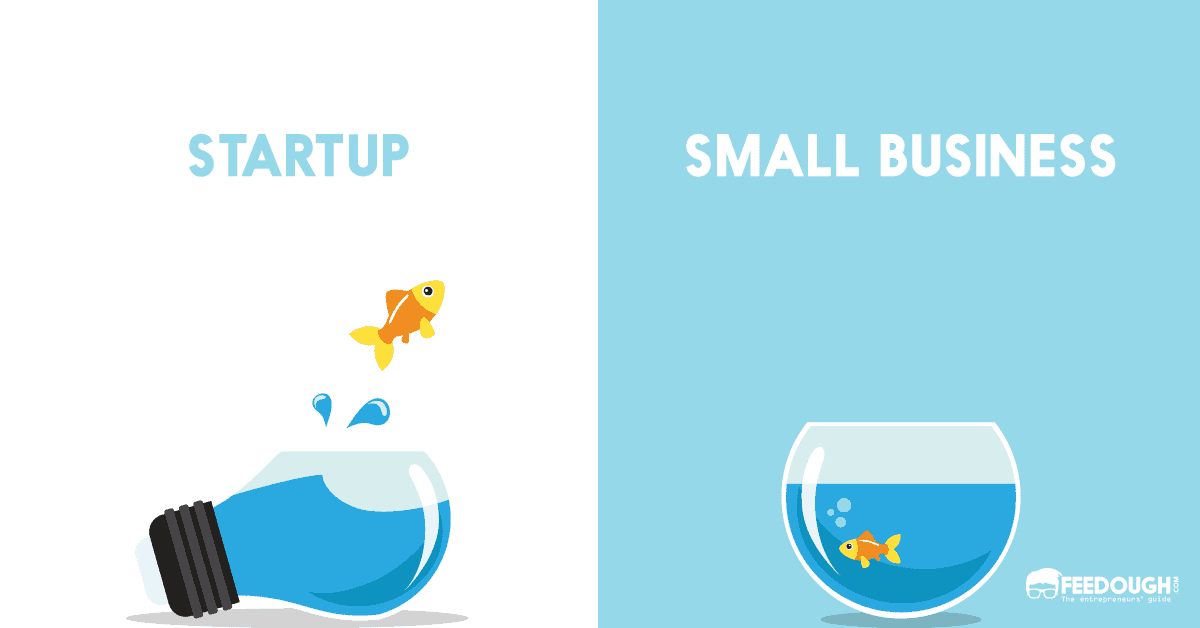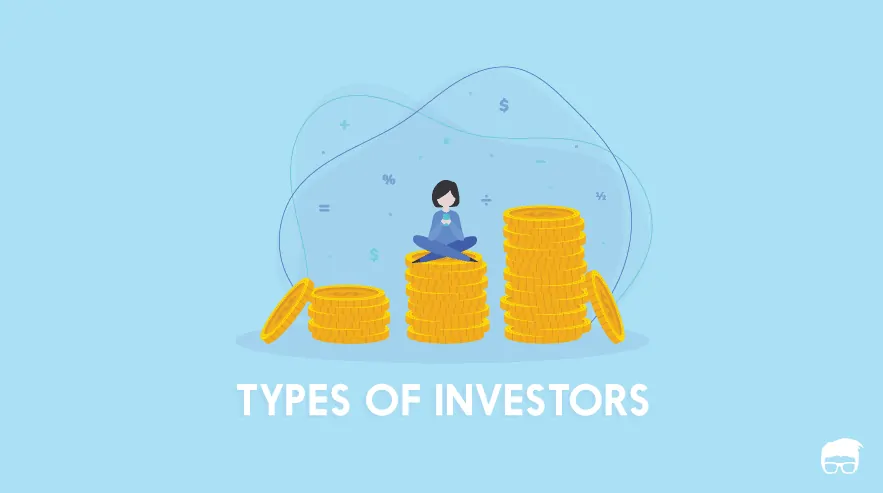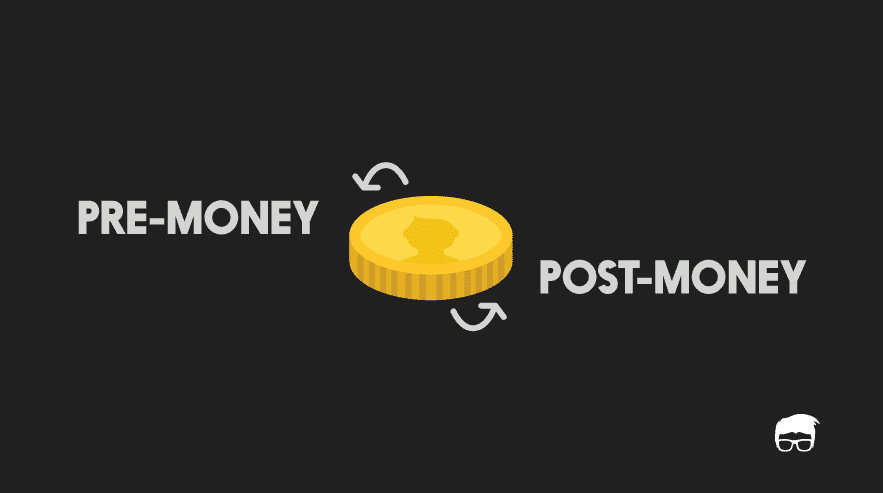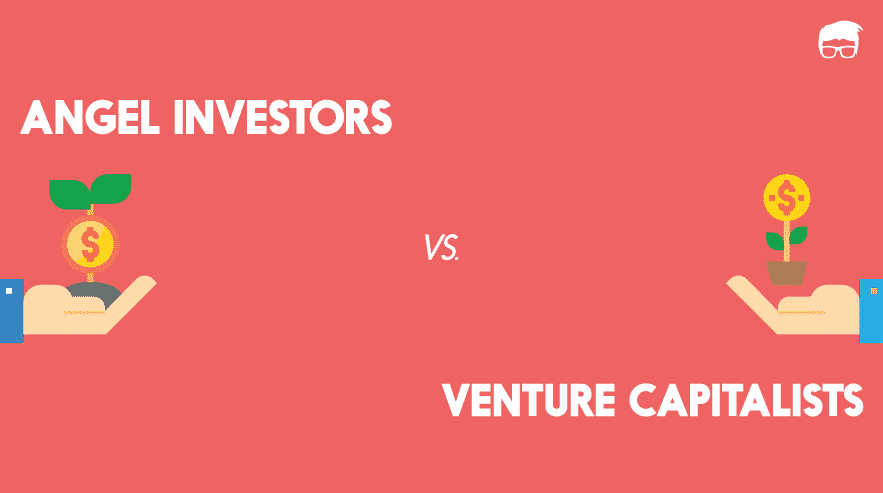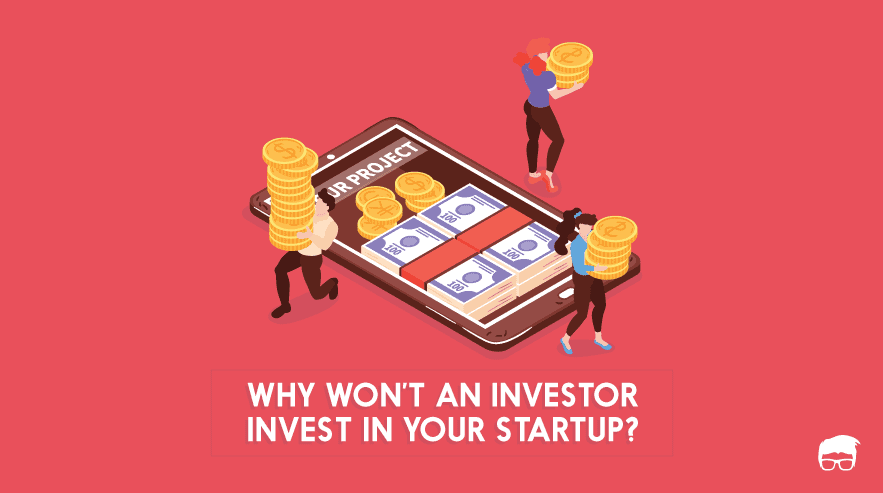Startups are no more stealth businesses operating from grungy basement offices. They have now become a mainstay in the business world. As such, many entrepreneurs rush to enter the market with great ideas and enthusiasm, only to find themselves baffled about raising capital for their venture.
To give you an insight, 2 in 5 Americans plan to start a business. This leads to millions of entrepreneurs looking for funds, not to mention the competition they’ll face.
Knowing startup funding stages can help you understand where you stand regarding capital and how far you have to go. It will also inform you about the funding available at each stage and which sources to explore.
So, here’s a quick overview of the major startup funding stages a startup goes through:
Pre-Seed Funding Stage
- Stage: Ideation
- Customers: No real customer traction
- Average Investment: $50k – $250K for a 5-10% equity stake
A pre-seed stage is when an entrepreneur has a new idea and is trying to raise funds to turn it into reality – an actual business. To do so, he requires a small amount of capital to –
- Validate their startup-related assumptions
- Find a problem-solution fit
- Put together a team and build an MVP
For example, an entrepreneur might have an idea of an online hyperlocal grocery marketplace where different local grocery stores can list their products at competitive prices and get orders from customers, but they need to validate the concept first. For this, they would need to conduct market research, hire a designer to build an MVP and use the money to cover other validation-related costs.
This money is pre-seed money and is usually raised from:
- Friends, Family, and Fools: An entrepreneur’s best bet is to get money from people willing to believe in their vision, such as friends and family. There’s a third type of investor in this category – the Fools. These people jump into a venture without much thought, mostly because they’re excited about it and believe in the entrepreneur.
- Angel Investors: Angel investors are high-net-worth individuals who invest in startups at an early stage. They offer high-risk capital but also demand a higher return on Investment if the startup is successful.
- Crowdfunding: This is when entrepreneurs launch campaigns to raise money from multiple investors online. It’s most common on platforms like Kickstarter and Indiegogo, where people donate money to support projects.
- Grants: Grants are funds provided either by government agencies or private foundations. Grants are usually distributed through competitions and are given to startups that can prove their potential in solving a specific problem. For example, Incfile’s entrepreneur grant involves selecting the best business ideas and awarding up to $2,500 to help start a new business. There are other grants available through the government, such as SBIR and STTR.
- Pitch competitions: Pitch competitions involve entrepreneurs presenting their business ideas in front of a panel of investors. The winning pitch is usually awarded cash prizes and other resources that help the entrepreneur move forward with their venture.
Seed Funding Stage
- Stage: Pre-product launch
- Customers: Early adopters & Test Customers (10-100)
- Average Investment: $100K – $2M for a 10-20% equity stake
The seed stage is when a startup has an MVP, has tested it out with early adopters, has validated the concept, and has converted the entire idea into a product.
At this stage, the startup is looking for money to:
- Launch their product in a bigger market,
- Hire additional team members,
- Grow their customer base,
- Building a brand,
- Manufacturing at scale.
For example, a startup that has built a product to help farmers manage their crops better might need seed money to bring the product into the market and ship it to farmers in other parts of the country.
Seed funding is usually raised from:
- Angel Investors: Angel investors will likely invest again in this stage, assuming they’re happy with the progress made so far. A company may even attract an angel group, a group of angel investors that pool their money together to invest in startups.
- Venture Capitalists: A venture capitalist (VC) firm is a professional investment firm that raises funds from other investors and then invests it in startup companies. VCs usually bring more than just money; they also provide advice and mentorship to the founding team.
- Accelerators: An accelerator is an organisation that provides funding, mentors, and other resources to help startups grow quickly. Accelerators are often affiliated with universities or large corporations, providing funding in exchange for equity.
- Corporate Seed Funds: Large corporations may also offer seed funding to startups that have innovative products or services. For example, companies such as Google and Microsoft have created their own seed funds to invest in promising startups.
Series A Funding Stage
- Stage: Business Expansion
- Customers: Targeted customers
- Average Investment: $10M – $100M for a 15-30% equity stake
The Series A funding stage is when the startup has completed its product and marketing launch, tested it with target customers, and generated some proof of customer traction or revenue. In simple terms, startups can now talk business.
At this stage, the startup is looking for money to:
- Fund itself till it becomes revenue funded
- Scale their customer base into larger markets
- Increase production and delivery of their product or service
- Hire experienced personnel
- Invest in technology and research
For example, a startup that has built a platform to help students learn to code might need Series A funding to expand its team, acquire more customers, develop more features for its product, and, most importantly, fund its operations until it reaches a level of self-sufficiency.
Series A funding is usually raised from:
- Venture Capitalists: Since the startup is above the seed stage and has proof of traction, it can now attract venture capitalists (VCs). Large VC firms often syndicate these rounds with other investors, such as angels.
- Corporate Investment: Some corporations will also invest in startups at this stage if the startup has a product that complements their existing business.
- Family Offices/High Net Worth Individuals: A family office is an investment firm owned by a wealthy family, and they are often looking for high-return investments, such as Series A rounds.
- Institutional Investors: Institutional investors are organisations such as banks, mutual funds, hedge funds, and other large financial institutions that pool together money from many different investors to invest in startups.
Series B Funding Stage
- Stage: Market Expansion
- Customers: Target markets
- Average Investment: $15 million to $900 million
The Series B funding stage is the third official round of startup funding, where an already established startup raises money to expand its operations, technology, and customer base.
At this stage, the startup usually has a solid customer base and some proof of revenue.
Series B funding is typically used to fund:
- Expansion operations into different markets
- Mergers and acquisitions aimed towards business growth
- Hiring top talent to handle business growth objectives
- Advancement in technology and research
For example, a startup that has developed a fitness-tracking app might use Series B funding to expand into different markets, hire more people, acquire other companies to enhance its offering and fund the development of new features.
The Series B funding is usually raised from similar sources as the Series A funding, such as VCs, corporate investors, family offices, and institutional investors.
Series C, D, & E Funding Stages
- Stage: Business Growth
- Customers: Established markets
- Average Investment: $50 million – a few billion
Series C, D, and E rounds are later-stage funding rounds for established companies. These rounds typically happen after the startup has proven its product or service successful in the market. These rounds are focused on scaling and growing the business, furthering research and development, or improving its financial position.
Usually, a startup that needs more time to get revenue funded or to keep expanding its market will raise these rounds.
Other reasons include –
- New opportunities: A startup might raise additional funding to take advantage of new opportunities, such as strategic partnerships or acquisitions
- Not-at-par performance: If a company’s performance is not meeting expectations, it might raise additional funding to help turn things around. Sometimes, this even leads to a down round where the company raises funding at a lower valuation than before
For example, a successful startup that has built an AI-based chatbot platform might now see ChatGPT as a competitor that is taking away some of its customers. To combat the competition, it might raise additional funding, even at a lower valuation, to add new features and boost its marketing campaigns.
The main sources of Series C, D, and E funding are usually large venture capital firms, corporate investors, family offices, and institutional investors.
Other Startup Funding Stages
Startups even see rounds like Series A1, Series B3, and Series C1, which usually come between the two major funding rounds. For example, before a company raises a Series D funding round, it may raise a small Series C1 round from the same investors. These rounds are used to make small investments necessary for the business to grow.
A startup consultant, digital marketer, traveller, and philomath. Aashish has worked with over 20 startups and successfully helped them ideate, raise money, and succeed. When not working, he can be found hiking, camping, and stargazing.
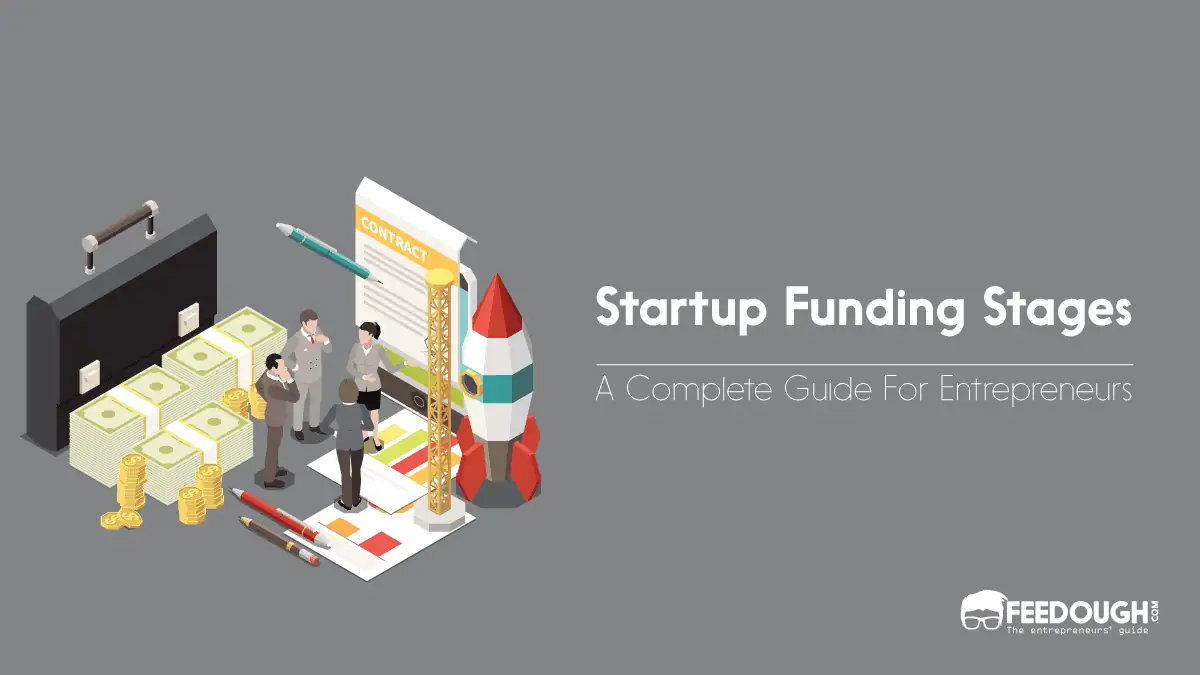
![How To Get Startup Funding [The Complete Guide] startup funding guide](https://www.feedough.com/wp-content/uploads/2022/08/startup-funding-guide.webp)

